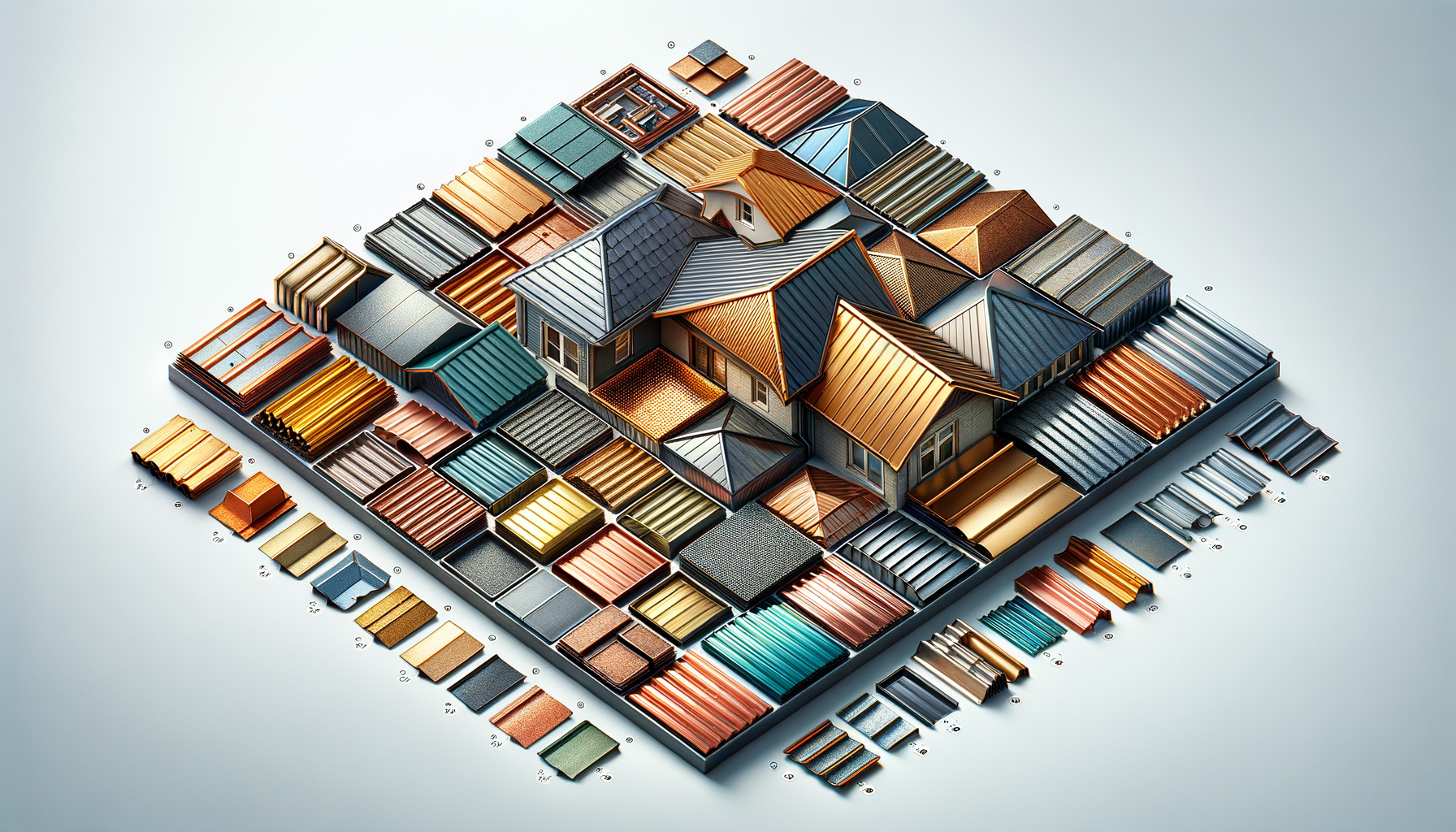Introduction to Metal Roofing
Metal roofing has gained significant popularity among homeowners and builders alike. Known for its durability, energy efficiency, and modern aesthetic appeal, it’s a top choice for those looking to invest in a long-lasting roofing solution. Unlike traditional asphalt shingles, metal roofs can withstand harsh weather conditions, including heavy snow, strong winds, and even fire. This durability translates into a longer lifespan, often lasting 40 to 70 years, compared to the 20-year average of asphalt shingles.
Beyond durability, metal roofing offers an array of styles and colors, allowing homeowners to customize the look of their homes while benefiting from a high-performance roofing system. With advancements in technology, metal roofs can now mimic the appearance of traditional roofing materials such as wood, slate, and clay tiles, providing versatility in design. This flexibility makes metal roofing an attractive option for a wide range of architectural styles.
Types of Metal Roofing Materials
When selecting a metal roof, it’s important to understand the different materials available, as each comes with its own set of characteristics and price points. Common types of metal roofing materials include:
- Steel: Known for its strength and durability, steel is often coated with a layer of zinc or a mixture of zinc and aluminum to prevent rusting. It’s a cost-effective option and widely used in residential and commercial buildings.
- Aluminum: Lightweight and resistant to corrosion, aluminum is ideal for coastal environments. It’s slightly more expensive than steel but offers excellent longevity and energy efficiency.
- Copper: Renowned for its beauty and longevity, copper roofing develops a distinctive green patina over time. It is one of the most expensive metal roofing options but offers unmatched durability.
- Zinc: With a self-healing property, zinc roofs can repair scratches and minor imperfections over time. It’s a sustainable choice due to its low melting point, which reduces energy consumption during production.
Each material has its advantages and is suited for different climates and architectural styles. The choice of material will significantly impact the overall cost of the roofing project.
Cost Factors in Metal Roofing
The cost of metal roofing can vary widely based on several factors. Understanding these can help homeowners make informed decisions and budget accordingly. Key cost factors include:
- Material Type: As previously mentioned, the type of metal chosen will directly affect the cost. Copper and zinc are on the higher end, while steel and aluminum are more budget-friendly.
- Roof Complexity: The design and complexity of the roof play a significant role in the overall cost. A simple gable roof will be less expensive than a roof with multiple valleys, dormers, or steep pitches.
- Installation: Metal roofing installation requires specialized skills, and labor costs can vary based on location and the roofer’s expertise. It’s important to hire experienced professionals to ensure proper installation.
- Coatings and Finishes: Various coatings can enhance the roof’s appearance and longevity. These include paint finishes, stone coatings, and protective layers that can add to the overall cost.
While the initial cost of metal roofing may be higher than traditional options, the long-term savings in maintenance and energy efficiency can make it a cost-effective investment.
Benefits of Metal Roofing
Choosing metal roofing comes with numerous benefits that extend beyond its aesthetic appeal. Some of the key advantages include:
- Energy Efficiency: Metal roofs reflect solar radiant heat, which can reduce cooling costs by 10-25%. This energy efficiency makes them an attractive option for eco-conscious homeowners.
- Environmental Impact: Most metal roofs are made from recycled materials and are 100% recyclable at the end of their lifespan, reducing landfill waste and conserving natural resources.
- Weather Resistance: Metal roofs are designed to withstand extreme weather conditions, including high winds, heavy snow, and hail. They are also fire-resistant, providing an added layer of safety.
- Low Maintenance: Unlike other roofing materials, metal roofs require minimal maintenance. They do not crack, corrode, or warp, and periodic inspections are generally sufficient to ensure their longevity.
These benefits make metal roofing a wise investment for those seeking a durable, sustainable, and cost-effective roofing solution.
Conclusion: Is Metal Roofing Right for You?
Metal roofing presents a compelling option for homeowners looking to invest in a long-lasting and aesthetically pleasing roofing solution. While the initial costs may be higher than traditional roofing materials, the benefits in terms of durability, energy efficiency, and low maintenance can offer significant long-term savings. By understanding the various types of metal roofing materials and the factors that influence costs, homeowners can make informed decisions that align with their budget and aesthetic preferences.
Ultimately, the decision to opt for metal roofing should consider the specific needs of the home, local climate conditions, and personal style preferences. With its outstanding performance and environmental benefits, metal roofing continues to be a popular choice among discerning homeowners.


